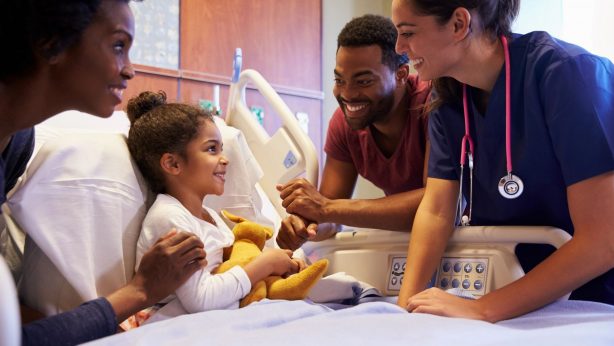Motor Vehicle Safety for Children
As Traveling Toddlers are focused on planned and unplanned traveling events, this post is a must-read, as many of our planned and unplanned traveling will be in a car. According to Stanford Children’s, children between the ages of 3 and 14, unintentional injury-related deaths occur most often when riding in a car. Children are more likely to be injured, suffer more severe injuries, or die in motor vehicle crashes when they are not properly restrained. According to the National SAFE KIDS Campaign, children under age 4 who ride in motor vehicles unrestrained are twice as likely to die or suffer injuries in a car crash.
With proper preventive measures, such as using age-appropriate child safety seats, most unintentional injuries and unintentional injury-related deaths can be prevented. Children can get hurt when parents or caregivers do not properly restrain them when riding in a vehicle or are unaware of the dangers associated with certain motor vehicle situations. High-risk situations may include, but are not limited to, the following:
- Lack of the use of child safety restraints or improper use of safety restraints in motor vehicles
- Improperly used or installed child safety seats
- Placing children in front of passenger seat airbags (either in an infant safety seat or sitting facing forward)
- Allowing children to ride in the cargo areas of pickup trucks
- Trunk entrapments
- Leaving children unattended in cars
This post will highly three of the situations noted above as discusses by Stanford Children’s
Leaving children unattended in cars
As tempting as it may be to run a quick errand, leaving children unattended inside a vehicle, “even for a minute,” can be dangerous. When left unattended, children may be able to start the vehicle or put the vehicle in neutral. In addition, heat buildup or dangerously cold temperatures inside a vehicle can quickly become fatal to children.
Trunk entrapment
A child’s nature is to explore his or her surroundings. Unfortunately, this exploration can place a child in danger. Unintentional trunk entrapment, when children lock themselves in a trunk, can be fatal. Between 35 and 40 percent of children ages 14 and under who accidentally lock themselves in a trunk will die due to hyperthermia (heat stroke) and/or asphyxiation (suffocation).
To prevent unintentional trunk entrapment, teach your children not to play in and around vehicles. Always lock the vehicle and keep the keys away from children. Carefully watch your young children when they are around vehicles. Keep rear fold-down seats closed inside the vehicle.
Use of safety restraints in motor vehicles
Physically, children are smaller than average adults. Their smaller size means that the standard safety belts in motor vehicles do not properly fit to protect children’s bodies.
One age group, from 4 to 8 years of age, is especially at risk for improperly using safety belts in motor vehicles. According to Safe Kids USA, children do not fit in adult shoulder and lap belts (without a booster seat) until they are 57 inches tall, between the ages of 8 and 12, and weigh 80 to 100 pounds.
However, children between the ages of 4 to 8 who have outgrown their child safety seat are often placed too soon in adult shoulder and lap belts without a booster seat. A booster seat is necessary if the shoulder strap of the seat belt crosses your child’s neck rather than her chest, and the lap belt crosses her stomach rather than her hips or upper thighs.
In closing, let’s all aim to be safe at all times on the road, as we support our children during planned and unplanned traveling experiences.
For more information about Traveling Toddlers, click here and read our latest blog post click here. Thanks for visiting our website.


